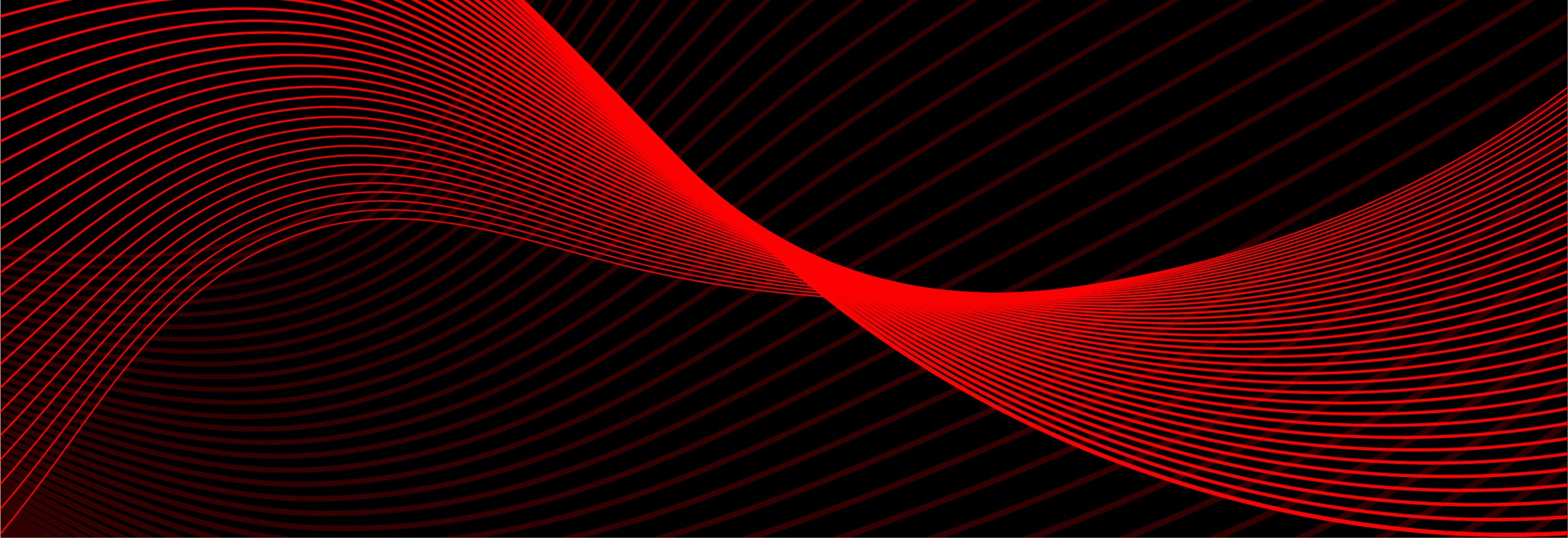
Unify Design System
Interaction DesignUnify Design System
Crafting cohesion across digital platforms with scalable component design.
Unify design system was conceived to establish a cohesive look and feel, imbuing our diverse array of digital products with the distinctive Deluxe branded style. As the lead designer for Unify, I played a crucial role in decomposing components and ensuring scalability across all Deluxe products. Additionally, I set up design files for developer review and created comprehensive documentation for designers, engineers, and the Unify homepage. Facilitating seamless integration and fostering a unified user experience across Deluxe's suite of digital offerings.
In the early stages of development, the Unify Design System is continually evolving, with new components regularly added to the development backlog and Unify site, ensuring ongoing enhancement and alignment with Deluxe’s digital progression.
Component Execution
While the Unify Design System was created to unify the visual and interaction language across Deluxe’s digital platforms, its success hinged on the thoughtful design of individual components. Each element needed to be flexible, accessible, and scalable — all while adhering to our emerging design principles.
To illustrate this approach, I’ve highlighted one core component — the Alert Banner — as a representative example of how we designed with intention, rigor, and collaboration. The process reflects the same standards and practices applied across the entire system.
The Challenge
Multiple product teams were building ad hoc alert banners, leading to inconsistencies in user experience, accessibility gaps, and redundant development effort. We needed a standardized, flexible component that could meet varying product needs while upholding brand standards and accessibility guidelines.
Process
1. Atomic Decomposition
We began by identifying existing patterns used across Deluxe products:
What alert components existed?
Who was using them?
What were the use cases and pain points?
We identified common types (Success, Warning, Error, Informational) and reviewed usage across multiple apps (e.g., R360, DBC, D 24/7). This audit helped us understand variants, dismissibility needs, and labeling inconsistencies.
2. Competitive & Industry Analysis
Next, we looked externally:
How are other design systems handling alerts?
What roles do color, iconography, and dismissibility play?
What accessibility standards are being met or missed?
This research guided our early design principles: clarity, contrast, hierarchy, and inclusivity.
3. Exploration & Iteration
Using stakeholder feedback and external inspiration, we explored a wide range of designs — from minimal bars to high-contrast cards with actions.
Accessibility was non-negotiable, driving decisions around:
Color contrast
Label clarity (must have success/warning/error labels)
Dismissibility logic
Keyboard and screen reader interactions
4. Stakeholder Reviews & Iteration
We presented refined concepts to product teams across Deluxe. Feedback helped us optimize:
Padding and layout constraints
Label position and redundancy
Use of icons for fast visual recognition
Variant behavior logic (e.g., persistent error banners)
After several iterations, we aligned on a final direction.
5. Developer Handoff
We packaged the final design for development with:
Anatomy (icon, label, message, action)
Variants/Props (type, dismissible, icon/no icon)
States (default, hover, focus)
Behaviors (animation, dismiss logic)
Accessibility specs
UX Guidelines (implementation and tone)
6. Documentation & Publishing
I authored the official Alert Banner documentation for Unify, including:
Usage best practices
Do’s and Don’ts
Interaction rules
Example scenarios
This content now lives on the Unify Design System site, ready for product teams across Deluxe.
Outcome
The Alert Banner is now a widely adopted component across Deluxe platforms. It has:
Reduced design debt
Improved accessibility compliance
Created consistent user feedback experiences
Accelerated developer implementation
Reflection
This project was a deep dive into scalable, accessible design. I learned the value of thorough audits, cross-functional collaboration, and maintaining a high bar for inclusivity across all design decisions. The Alert Banner is a small part of the Unify system, but its rigor sets the tone for every component that follows.










